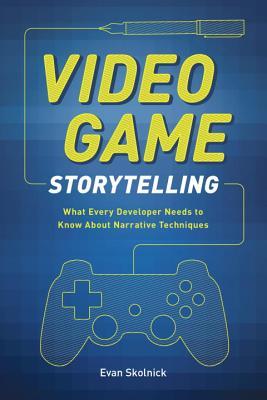 Format read:
Format read: paperback provided by
Blogging for Books
Formats available: paperback, ebook
Genre: nonfiction, video games
Length: 208 pages
Publisher: Watson-Guptill
Date Released: December 2, 2014
Purchasing Info: Author’s Website,
Publisher’s Website,
Goodreads,
Amazon,
Barnes & Noble,
Kobo,
Book Depository
UNLOCK YOUR GAME’S NARRATIVE POTENTIAL!
With increasingly sophisticated video games being consumed by an enthusiastic and expanding audience, the pressure is on game developers like never before to deliver exciting stories and engaging characters. With Video Game Storytelling, game writer and producer Evan Skolnick provides a comprehensive yet easy-to-follow guide to storytelling basics and how they can be applied at every stage of the development process—by all members of the team. This clear, concise reference pairs relevant examples from top games and other media with a breakdown of the key roles in game development, showing how a team’s shared understanding and application of core storytelling principles can deepen the player experience. Understanding story and why it matters is no longer just for writers or narrative designers. From team leadership to game design and beyond, Skolnick reveals how each member of the development team can do his or her part to help produce gripping, truly memorable narratives that will enhance gameplay and bring today’s savvy gamers back time and time again.
My Review:
I’ll be honest. I picked this book up from Blogging for Books because it would give me an excuse to talk about my favorite video games in a book review. How cool is that?
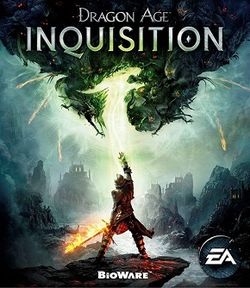 Also because I was going through my third or fourth play-through of Dragon Age: Inquisition at the time, and I was very interested in seeing some analysis that would help me crystallize my thoughts on why the damn thing was so good.
Also because I was going through my third or fourth play-through of Dragon Age: Inquisition at the time, and I was very interested in seeing some analysis that would help me crystallize my thoughts on why the damn thing was so good.
I’m playing DA:I again right now, so it seemed like the perfect time to get this book out of the TBR pile. And it was.
Video Game Storytelling is a book that breaks down the essential elements of telling a good story, any good story for any medium, and then shows how to apply and support those principles in the creation of one very specific storytelling medium – a video game.
After having read it, I suspect that the parts of the book that deal with the ins and outs of video game production show the way it should work in the ideal world, but very seldom does. I say very seldom does not because I have experience in the industry, but because I have a lot of experience as a player – and it’s pretty obvious from the outside looking in that storytelling usually takes a backseat to gee-whiz-bang special effects, often to the detriment of both. (For an example I give you the commentary on Final Fantasy XIII’s story versus the nearly universal praise of the storytelling in Final Fantasy X)
My interest in video games, especially console games, is in the story. When people ask why I play, or what is it that fascinates me about games, my answer is usually that “I love video games, when they’re good, because it is like being inside a story.” I’m not reading the story, I’m playing the story.
So the first half of Video Game Storytelling is the part that really grabbed me, because it is all about stories – what makes them work and what makes them fall flat on their virtual faces. I think that anyone who is interested in creating stories would find the author’s summary of the elements of good storytelling very helpful reading.
A lot of the emphasis is on “show, don’t tell.” The player, reader or viewer (this also applies to movies and TV, after all) is more engaged when the characters and the story show you what you need to know, instead of two talking heads or voice-over exposition. The examples given are cogent ones, and it articulates what feels right and what doesn’t.
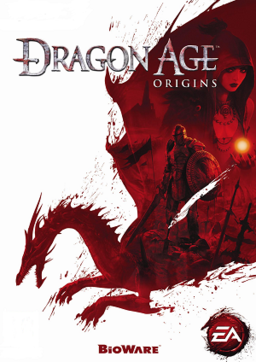 Both Final Fantasy XII and Dragon Age: Origins tell essentially the same story. The country is falling apart because the king is dead and the heir is lost, nonexistent or there is a question about who will rule. The difference is that FFXII used a ton of voice-over exposition to explain the political situation, while DA:O just had you see how screwed up things were by having your character experience it first-hand. It also helps that the lost heir in Dragon Age is a way more likable and sympathetic character than the one in FFXII. I often wanted to slap Ashe (in FFXII) in the face, where I usually wanted to give Alistair (in DA:O) a hug.
Both Final Fantasy XII and Dragon Age: Origins tell essentially the same story. The country is falling apart because the king is dead and the heir is lost, nonexistent or there is a question about who will rule. The difference is that FFXII used a ton of voice-over exposition to explain the political situation, while DA:O just had you see how screwed up things were by having your character experience it first-hand. It also helps that the lost heir in Dragon Age is a way more likable and sympathetic character than the one in FFXII. I often wanted to slap Ashe (in FFXII) in the face, where I usually wanted to give Alistair (in DA:O) a hug.
The author of Video Game Storytelling also makes a whole lot of salient points about reader/viewer/player expectations of character and story, and the ways that failing those expectations can “bounce” people off of a story in any medium.
One of the points that the author makes that definitely applies to any type of storytelling is that of making sure that all the characters, including the villains, have their own realistic (albeit wrong) motivations for what they do, and that every character’s motivation has to make sense from their point of view.
How many of us have either bounced off a piece of fiction, or critiqued it less than favorably, because the villains all seem like cookie-cutter evil? Being a member of the “Evil League of Evil” is not enough of a reason, by itself, for bad people to do bad things. They also can’t just be crazy, there still has to be some internal logic behind what they do.
Forces of nature, like a hurricane or a tornado, or the Blight (disease) in Dragon Age: Origins, don’t have their own motives, but the way that people react to them still does.
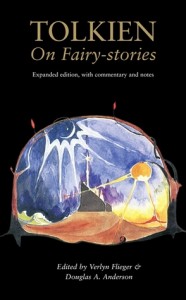 J.R.R. Tolkien, in On Fairy-Stories (published in 1939! and available in The Tolkien Reader) talks a great deal about the “willing suspension of disbelief” that a writer must necessarily create in his readers, and by extension viewers or players, in order to get them to invest in the secondary (imaginary) world that is created within the work.
J.R.R. Tolkien, in On Fairy-Stories (published in 1939! and available in The Tolkien Reader) talks a great deal about the “willing suspension of disbelief” that a writer must necessarily create in his readers, and by extension viewers or players, in order to get them to invest in the secondary (imaginary) world that is created within the work.
That concept is explored in Video Game Storytelling quite a bit. The creator has to make the world of the game as internally consistent as possible to keep the player immersed in the story. It is also necessary for a game that the gameplay match the story being told. In other words, don’t give a pacifist character a gun and expect them to be the player-character in a first-person shooter without a lot of angst on somebody’s part.
The willing suspension of disbelief also applies to the things that characters say and do, and this applies in other types of fiction as well. How many books have you read where the author says that the main character is really smart, but in fact, they act like an idiot in at least one area of their lives without any believable explanation?
Things that don’t make sense, in any medium, bounce us out of the story.
One part of the analysis of storytelling that I really enjoyed was the explanation of the uses of coincidence and especially the deus ex machina ending. I always hate deus (dei?) ex machina whenever I spot them, so it was great to see someone teaching writing explain how and why they are bad to people who will go on to write hopefully better stories without them.
In short, while the description or prescription, of the ways that creating and preserving the narrative elements should be integrated into a game design will be fascinating to a gamer, the first half of the book, the parts about how storytelling works (and doesn’t) make excellent reading for any storyteller in any medium.
Reality Rating B+: Because the writer is writing nonfiction rather than his usual fiction, occasionally the prose in this book comes off a little wooden. The author is here forced to tell more than show, where the contents of this book are normally presented in an interactive workshop.
I kept wanting to talk back to the book, to discuss why my particular favorite games worked, and where they fit into the various scenarios of storytelling.
For anyone who is thinking about reading the book for its storytelling pointers (which I recommend) it is very accessible to a non-gamer. The storytelling examples are taken from the first Star Wars movie, and that is such a classic that most people are guaranteed to have seen it – possibly more than once.
Star Wars is also a great story for discussing the use of Joseph Campbell’s monomyth, otherwise known as the Hero’s Journey. Lucas has stated that he drew on Campbell extensively in the creation of Luke Skywalker and his quest. (I’ve even seen a museum exhibit that shows how this worked, and it was awesome.)
After reading this book, I was left thinking about some of my favorite games, and better able to articulate why they worked, and especially why they worked for me. They are all games where either the player invests themselves in a character and experiences the story seemingly first-hand (Dragon Age: Origins and Dragon Age: Inquisition) or where the player feels for the experience that the characters are going through in the story (Final Fantasy X). These are all games where the story rules the game, and the player experiences it. Yes, there is fighting and monsters to kill and occasionally silly quests to undertake, but the story is paramount. And it is such a good story that I’m willing to play it, to be in it and feel it, over and over again.
The author of Video Game Storytelling explains that one of the driving forces in a good game is making the player feel the emotions that the game creators want you to feel. For those games, it worked for me.
Now I have an even clearer picture why.
***FTC Disclaimer: Most books reviewed on this site have been provided free of charge by the publisher, author or publicist. Some books we have purchased with our own money or borrowed from a public library and will be noted as such. Any links to places to purchase books are provided as a convenience, and do not serve as an endorsement by this blog. All reviews are the true and honest opinion of the blogger reviewing the book. The method of acquiring the book does not have a bearing on the content of the review.













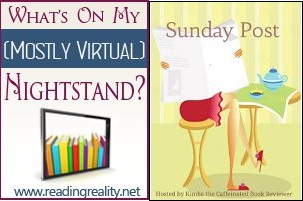
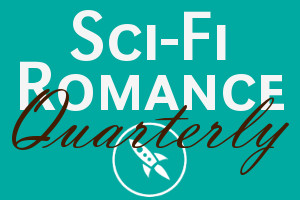 This was a fun week. Lots of lovely speculative fiction, a bit of fantasy, a bit of paranormal, and some of my favorite sci-fi romance. Speaking of sci-fi romance, in case you missed it, I’m going to give another shout-out to the latest issue of
This was a fun week. Lots of lovely speculative fiction, a bit of fantasy, a bit of paranormal, and some of my favorite sci-fi romance. Speaking of sci-fi romance, in case you missed it, I’m going to give another shout-out to the latest issue of  So far, it’s a lovely summer! Because…
So far, it’s a lovely summer! Because…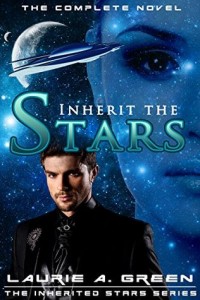


 Also because I was going through my third or fourth play-through of
Also because I was going through my third or fourth play-through of  Both
Both  J.R.R. Tolkien, in
J.R.R. Tolkien, in 








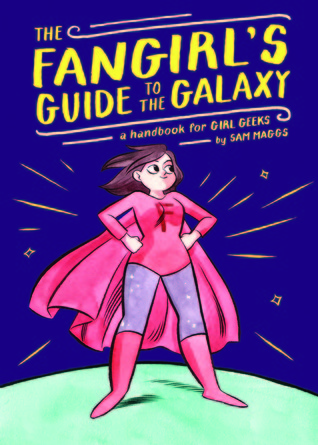 Format read: ebook provided by the publisher via Edelweiss
Format read: ebook provided by the publisher via Edelweiss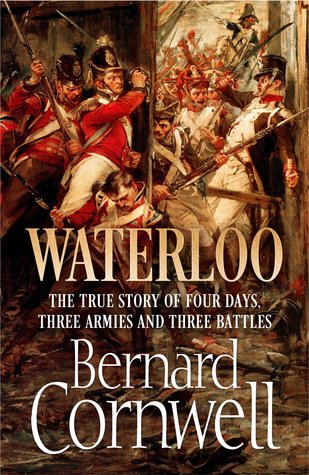
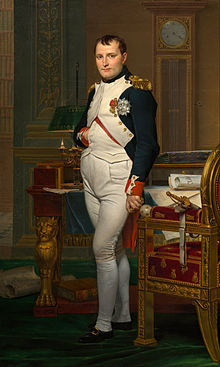

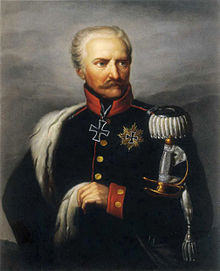














 Current Giveaways:
Current Giveaways: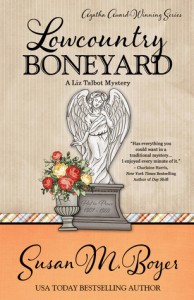 Blog Recap:
Blog Recap: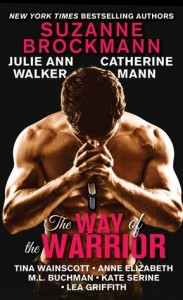 Coming Next Week:
Coming Next Week: I’ve mentioned before that I’m on the American Library Association Notable Books Council. It’s an awards jury for the 25-ish notable books of the year. While I can’t say which books are under consideration, I can show you this picture. I received ALL of these boxes on Friday. While I expect to read what’s inside, I had to wait for Sophie and LaZorra to finish playing Queen of the Hill before I could even get started!
I’ve mentioned before that I’m on the American Library Association Notable Books Council. It’s an awards jury for the 25-ish notable books of the year. While I can’t say which books are under consideration, I can show you this picture. I received ALL of these boxes on Friday. While I expect to read what’s inside, I had to wait for Sophie and LaZorra to finish playing Queen of the Hill before I could even get started!






